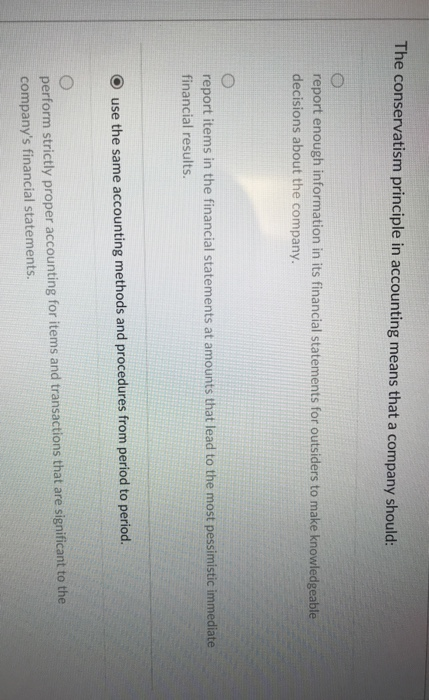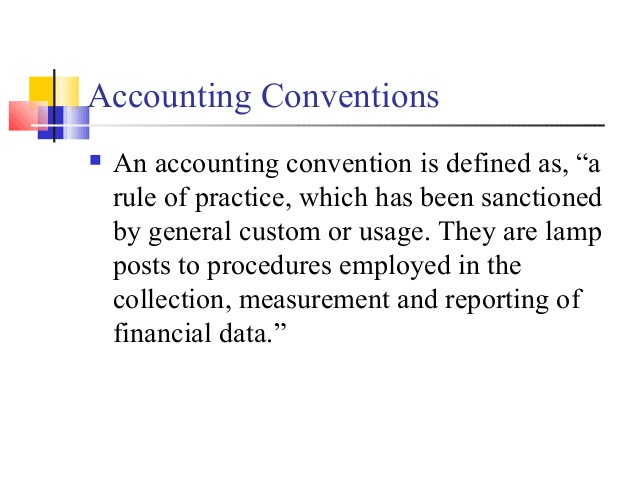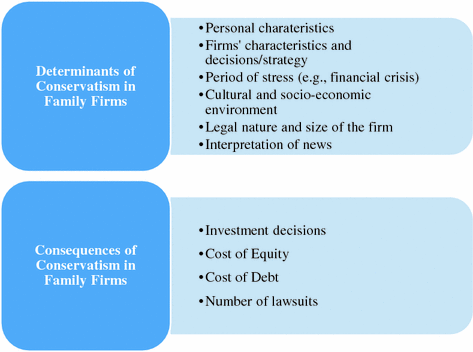Political ideologies in the United States
Development of Western conservatism
Recently, there has been a strong movement among liberals against corporate welfare, which is generally favored by pro-government conservatives. The ideological position a person or party takes may be explained in terms of social and economic policy.

In this view, what is called “conservatism” in America is not European conservatism (with its royalty, landowning aristocracy, elite officer corps, and established churches) but rather 19th century classical liberalism with an emphasis on economic freedom and entrepreneurship. This is in contrast to the view that Burkean conservatism has a set of universal principles which can be applied to all societies. In The Conservative Mind, Russell Kirk argued that the American Revolution was “a conservative reaction, in the English political tradition, against royal innovation”. Leaders in the Glorious Revolution of 1688, the American Revolution of 1776 and the French Revolution of 1789 used liberal philosophy to justify the armed overthrow of royal tyranny. Liberalism started to spread rapidly especially after the French Revolution.American conservatism commonly refers to a combination of economic liberalism and libertarianism and social conservatism. It aims at protecting the concepts of small government and individual liberty while promoting traditional values on some social issues. Scholars have argued that British and European conservatism has little or no relevance to American traditions. According to political scientist Louis Hartz, because the United States skipped the feudal stage of history, the American community was united by liberal principles, and the conflict between the “Whig” and “Democratic” parties were conflicts within a liberal framework.Conservatives commonly defend the notional status quo of some point in the past, believing that the United States has deviated significantly from it and advocating more traditional stands on social issues, protection of gun rights and less government intervention in the economy. Libertarians, or classical liberals, tend to support strong civil liberties, peace, more freedom of choice including economic freedom and are skeptical of government’s ability to solve problems. Liberalism in the United States is most commonly characterized by a mixture of social liberalism and progressivism, with a strong (if frequently unrecognized) ordoliberal streak. Less frequently, it may also describe forms of classic and neoliberalism.
Libertarian conservatism
The 19th century saw liberal governments established in nations across Europe and South America, whereas it was well-established alongside republicanism in the United States. In Victorian Britain, it was used to critique the political establishment, appealing to science and reason on behalf of the people. During 19th and early 20th century, liberalism in the Ottoman Empire and Middle East influenced periods of reform such as the Tanzimat and Al-Nahda as well as the rise of constitutionalism, nationalism and secularism. These changes, along with other factors, helped to create a sense of crisis within Islam, which continues to this day, leading to Islamic revivalism.
AccountingTools
Conservative philosophy is also derived in part from the classical liberal tradition of the 18th and 19th centuries, which advocated for laissez-faire economics (i.e. economic freedom and deregulation). Social democracy, an ideology advocating progressive modification of capitalism, emerged in the 20th century and was influenced by socialism.
What is conservatism concept of accounting?
In accounting, the convention of conservatism, also known as the doctrine of prudence, is a policy of anticipating possible future losses but not future gains. This policy tends to understate rather than overstate net assets and net income, and therefore lead companies to “play safe”.Liberals in the United States advocate strong civil liberties and social progressivism according to which societal practices need to be changed whenever necessary for the greater good of society or the benefits of those who wish to engage in those social arrangements. They believe that government action is needed in order for people to be as free as possible. Government must thereby ensure the provision of positive rights, protect civil liberties and ensure equality. American liberals commonly reject both laissez-faire capitalism and socialism as means to distribute economic resources. A mixed economy, that is a capitalist free market economy with limited government regulation and intervention, is seen as the ideal.

The ideological positions a person assumes on social and economic policy issues may differ in their position on the political spectrum. For example, Milton Friedman, was left-of-center on social issues, but right-of-center on fiscal matters and thus is often identified as libertarian. Several ideological demographics may be identified in addition to or as subgroups of liberals and conservatives, with nearly every possible ideology being found in the general population.
- Beyond the simple left–right analysis, liberalism, conservatism, libertarianism and populism are the four most common ideologies in the United States, apart from those who identify as moderate.
- Some of the most supported political issues among conservatives are economic liberalism, fiscal conservatism and a form of social conservatism that is more appealing to the Christian right.
- Liberals and progressives traditionally advocate strong civil liberties, social progressivism, cultural pluralism and a mixed economy featuring more government intervention in the economy and social life (such as education and health care.) than supported by most other Americans.
Basic accounting concepts
Modern American liberalism aims at the preservation and extension of human, social and civil rights as well as the government guaranteed provision of positive rights. It combines social progressivism and to some extent ordoliberalism and is highly similar to European social liberalism.
Paternalistic conservatism
Before 1920, the main ideological opponents of liberalism were communism, conservatism and socialism, but liberalism then faced major ideological challenges from fascism and Marxism–Leninism as new opponents. During the 20th century, liberal ideas spread even further, especially in Western Europe, as liberal democracies found themselves on the winning side in both world wars. The major conservative party in the United States is the Republican Party, also known as the GOP (Grand Old Party). The meaning of “conservatism” in the United States has little in common with the way the word is used elsewhere.Some of the most supported political issues among conservatives are economic liberalism, fiscal conservatism and a form of social conservatism that is more appealing to the Christian right. Beyond the simple left–right analysis, liberalism, conservatism, libertarianism and populism are the four most common ideologies in the United States, apart from those who identify as moderate. Liberals and progressives traditionally advocate strong civil liberties, social progressivism, cultural pluralism and a mixed economy featuring more government intervention in the economy and social life (such as education and health care.) than supported by most other Americans.
National and traditional conservatism
As Ribuffo notes, “what Americans now call conservatism much of the world calls liberalism or neoliberalism”. Since the 1950s, conservatism in the United States has been chiefly associated with the Republican Party. However, during the era of segregation, many Southern Democrats were conservatives and they played a key role in the conservative coalition that largely controlled domestic policy in Congress from 1937 to 1963. The conservative Democrats continued to have influence in the US politics until 1994’s Republican Revolution, when the American South shifted from solid Democrat to solid Republican, while maintaining its conservative values.

What is conservatism concept with example?
The conservatism principle is the general concept of recognizing expenses and liabilities as soon as possible when there is uncertainty about the outcome, but to only recognize revenues and assets when they are assured of being received.
Example
Small parties such as the Libertarian Party play a minor role in American politics. Political ideologies in the United States refers to the various ideologies and ideological demographics in the United States. Citizens in the United States generally classify themselves as adherent to positions along the political spectrum as either liberal, progressive, moderate, or conservative.On average, American conservatives desire tougher foreign policies than liberals do. Economic liberalism, deregulation and social conservatism are main principles of the Republican Party. American conservatives typically promote American exceptionalism, the idea that the United States is inherently different from other nations and has a duty to take the lead in spreading democracy and free markets to the world. Reagan especially articulated this role (and many liberals also agree with it).Broadly defined as a project that aims to correct through government reformism what it regards as the intrinsic defects of capitalism by reducing inequalities, social democracy was also not against the state. Another movement associated with modern democracy, Christian democracy, hopes to spread Catholic social ideas and has gained a large following in some European nations. The early roots of Christian democracy developed as a reaction against the industrialisation and urbanisation associated with laissez-faire liberalism in the 19th century. Despite these complex relationships, some scholars have argued that liberalism actually “rejects ideological thinking” altogether, largely because such thinking could lead to unrealistic expectations for human society. Other modern conservative positions include opposition to big government and opposition to environmentalism.In the United States, the major parties overlap heavily in terms of ideology, with the Democrats more to the left and the Republicans more to the right. Social scientists Theodore Caplow et al. argue that “the Democratic party, nationally, moved from left-center toward the center in the 1940s and 1950s, then moved further toward the right-center in the 1970s and 1980s”.
